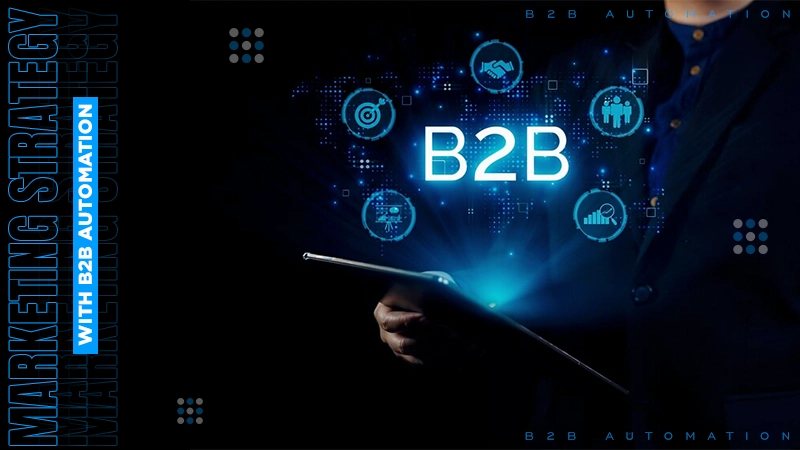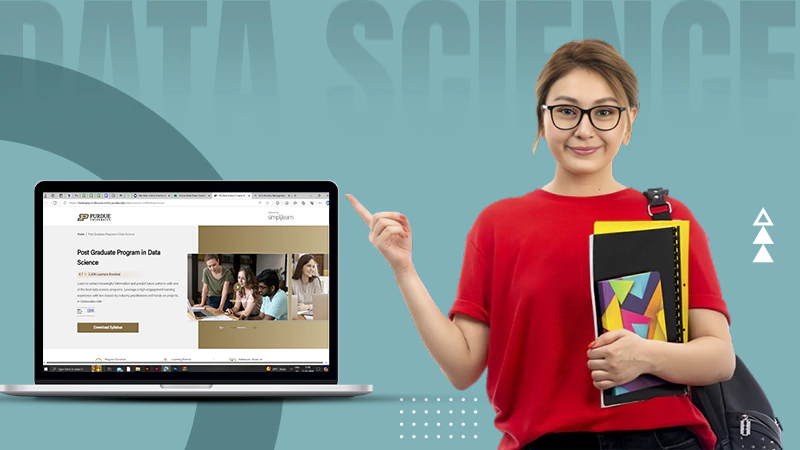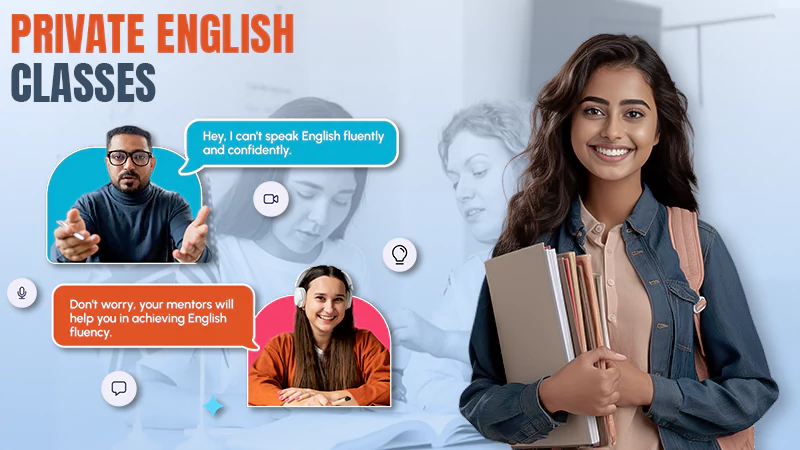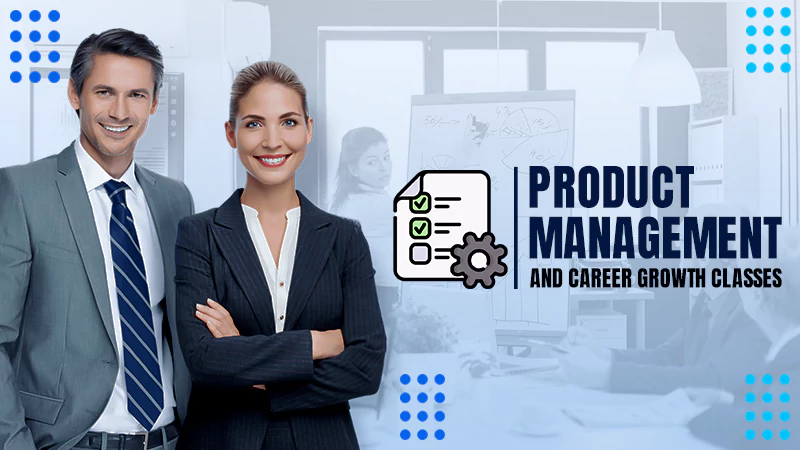How to Account for the Different Learning Styles of Employees?
The old saying “every child is unique” goes well with your employees, too. Every employee in your organization is different from the rest and his learning style and abilities would also differ. One employee might rely more on text-based eLearning content while the other might rely more on videos. To ensure that every employee in your organization is learning at its full potential every single day, you need to understand their learning needs.
Hence, as an online instructor or an eLearning professional, you should account for the different learning styles of employees. This can be done using the following ways:
Be Flexible-
An online instructor must be flexible in the sense that he shouldn’t be rigid in his approach to teaching. When assigning eLearning projects and assignments he should make his expectations clear so that employees are aware of what they need to do and how. Let your employees work on their own and expand their boundaries if you want them to meet your expectations.
Play to Strengths-
As an online instructor, it is your job to play to the strengths of every employee in your organization. When you train employees based on their learning styles and needs, you allow them to control their learning and put the best foot forward.
For instance, by using an LMS that supports multiple languages, such as WorkRamp, you allow employees to learn and manage their learning in their way. When they see a lot of learning support available that suits their learning needs, they will be more inclined to finish their eLearning courses on time.
Also Read:- How to Make Your Employees Feel Appreciated
Lead in Logical Ways-
As a leader to account for the different learning styles of your employees, you should try to follow a logical approach that makes employees use their brains in the best way possible. For instance, you’d find that some employees need all the information in detail before the start of a project. While there might be some employees who don’t need many details, rather they prefer collecting information on their own. By knowing how and what employees need, you can provide them with the best information.
An LMS allows the distribution of information through an online digital library. Also, the team leaders can create team rooms for collaborating on projects that facilitate sharing information and regular interaction.
Ask Employees What They Want-
There is no doubt that involving experts in creating an eLearning strategy can be useful but when you ask employees what they need, will make them more excited about their training. This can boost their engagement levels as they are involved in the process of planning and designing.
You can ask employees what they want and how they learn best and make changes in the eLearning strategy accordingly. By knowing this it will be easier for you to understand what works and doesn’t work for employees. For instance, if you haven’t yet switched to a mobile learning strategy and employees want it, you can use an LMS that provides you with such a feature.
Use a Micro-learning Approach-
Instead of bombarding employees with bulky information, provide them with short and crisp eLearning content that can be accessed anytime and anywhere. The larger the size of information, the less will be its utility.
However, when the information is packed in small eLearning modules, the employees will tend to use it more. Such content can easily be memorized and absorbed.
Develop Individual Plans-
Don’t follow a cookie-cutter approach that doesn’t give individual attention to employees in your organization. Since your employees are the biggest asset to your company, you need to create individual plans for them that help them in upskilling or reskilling themselves.
An LMS can help you in developing individual plans that push employees to strive for excellence. This can be done in the following ways:
- Identify the Skills Gap-
You can do a training needs analysis to determine what skills are missing and which employees need to be trained first.
- Give Each Employee Development Plan Questionnaire-
Prepare a development plan questionnaire for employees that asks-
- Career goals and plans
- Things that motivate and encourage them
- Skills, experiences, talents, and passion
- Plan for professional growth and development
Review your employee’s answers and develop plans.
- Talk with Employees-
After reviewing the questionnaire, you can one on one interact with your employees and give them feedback and suggestions. Work with them to create an action plan that will help them achieve their goals.
You can use an LMS to make such sessions collaborative, meaningful, and enjoyable.
Conclusion
Every organizational leader must try to account for the learning needs of their employees regularly. This is not just good for the employee’s career but can also positively affect the performance of your organization.
Also Read: Tips for Employees to Help Them Relocate
Follow Us
Latest Post
















